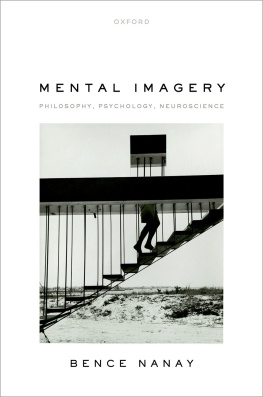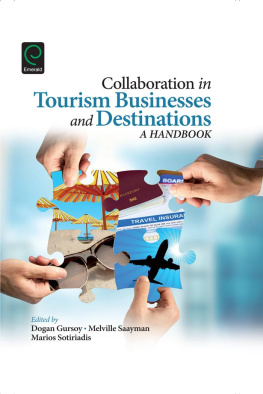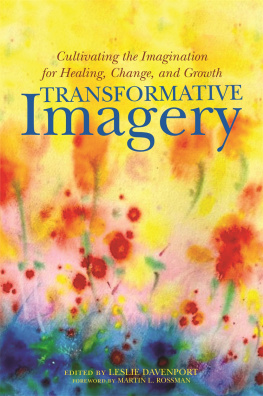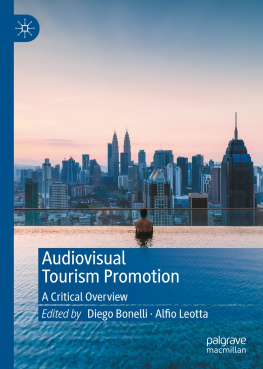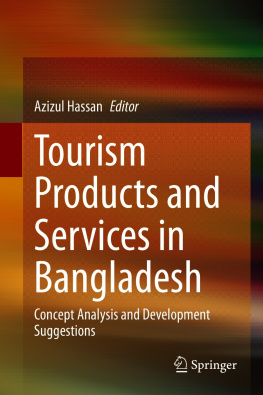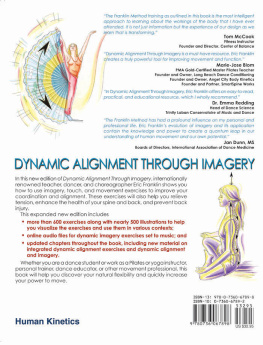SIGNIFYING PLACE
Signifying Place
The Semiotic Realisation of Place in Irish Product Marketing
Sheila Gaffey
First published 2004 by Ashgate Publishing
Reissued 2018 by Routledge
2 Park Square, Milton Park, Abingdon, Oxon OX14 4RN
711 Third Avenue, New York, NY 10017, USA
Routledge is an imprint of the Taylor & Francis Group, an informa business
Sheila Gaffey 2004
Sheila Gaffey has asserted her right under the Copyright, Designs and Patents Act, 1988, to be identified as the author of this work.
All rights reserved. No part of this book may be reprinted or reproduced or utilised in any form or by any electronic, mechanical, or other means, now known or hereafter invented, including photocopying and recording, or in any information storage or retrieval system, without permission in writing from the publishers.
A Library of Congress record exists under LC control number: 2003062847
Notice:
Product or corporate names may be trademarks or registered trademarks, and are used only for identification and explanation without intent to infringe.
Publisher's Note
The publisher has gone to great lengths to ensure the quality of this reprint but points out that some imperfections in the original copies may be apparent.
Disclaimer
The publisher has made every effort to trace copyright holders and welcomes correspondence from those they have been unable to contact.
ISBN-13: 978-0-815-39705-2 (hbk)
ISBN-13: 978-1-351-14916-7 (ebk)
Regional images may be defined as representations of places which convey regional characteristics. International studies of the use of regional imagery relate primarily to place promotion for industry and tourism consumption, associations between product and place of production, and representations of rurality. Regional imagery has received some attention in the context of Ireland with reference to the evolution of such images in literature and tradition, particularly in the case of the West of Ireland, and their use for tourism promotion. However, few, if any, studies of the use of imagery in promotion at sub-national levels, or of individual products, have been undertaken. This work is an attempt to extend existing research on the use of regional imagery through highlighting the role of place (particularly, rural) imagery in the promotion of individual products and services in Ireland, identifying some of the critical issues concerning the development and application of these images, and analyzing some of the possible meanings which may be connotated through the use of such imagery. This book is based on work submitted and accepted for the degree of PhD at the National University of Ireland, Gal way in 2001.
My PhD was partly based on research carried out for an EU funded research project under FAIR3-CT96-1827 on Regional Imagery and the Promotion of Quality Products and Services in Lagging Regions of the EU (RIPPLE). The objective of the project was to help public and private institutions develop strategies, policies and structures to aid the successful marketing and promotion of these quality products and services. As a Researcher on this project with a background in Communications Studies and Rural Development, my particular interest was in the use of imagery, especially images of place, by hand crafts and rural tourism small and medium sized enterprises (SMEs) in the promotion and marketing of their products. The RIPPLE project focused on two regions in Ireland: the Northwest and Southwest, and five categories of products and services: hand crafts, fish, organic produce, speciality foods and rural tourism. I decided to include a third study region, the Midlands, as an example of a lesser developed region, both in terms of the development of these particular industries and its perceived image in the public consciousness. I took part in the development of the RIPPLE questionnaires, including the conduct of extensive piloting and revision of draft formats, and I included extra questions relating to my area of interest whilst conducting the surveys. Data collected in both RIPPLE regions relating to hand crafts and rural tourism SMEs were utilized for the purposes of this present study, and additional research was carried out in the third study region. As well as developing a distinct conceptual framework, I conducted extensive analysis over and above that conducted for the RIPPLE project. This included a content classification and socio-semiotic analysis of promotional materials collected from respondents.
I wish to acknowledge the help and support of the following people:
Dr. Mary Cawley, Professor Ulf Strohmayer and Professor Brian Graham, for their assistance, encouragement, critiques and comments throughout the course of the work.
All of those who kindly gave of their time to participate in the surveys; without their assistance this research would not have been possible.
The RIPPLE project and research team for providing guidance, advice and support, in particular Professor Desmond Gillmor, Trinity College Dublin, the third member of the NUI, Galway laboratory, and Dr. Moya Kneafsey and Professor Brian Ilbery in the lead laboratory in Coventry University. The research team also included laboratories in France (University of Caen; CEMAGREF, Aubiere; ENITA, Clermont Ferrand), Finland (University of Helsinki), Greece (University of Patras), Ireland (Teagasc Rural Research Centre; Teagasc National Food Centre), Spain (University of Valencia), and the United Kingdom (Scottish Agricultural College, Aberdeen; University of Wales, Aberystwyth).
Dr. Mairead Corr and Marie Mahon for their useful comments and advice and Dr. Siubhan Comer for providing excellent maps, and for the use of her computer.
All of the staff and postgraduates of the Geography Department for their encouragement.
I owe personal thanks to my parents, John and Barbara Gaffey, and my family and friends for their unfailing support and encouragement in everything I do, and to Gerard and the O'Donovan family for their love and support.
Finally, I would like to acknowledge the support of the Irish Research Council for the Humanities and Social Sciences Postgraduate Scholarship 1999-2000 and Post-Doctoral Fellowship 2002-2003.
Sheila Gaffey
Galway, 2003
Chapter 1
Introduction
Regional images can be defined as 'representations, which in turn are understood as signs and symbols which are invested with particular meanings' (Ilbery and Kneafsey, 1997, p. 10). These images can consist of one or more of a variety of elements (e.g. people, animals, landscapes, including land, water and sky, folklore, legends) which are designed to convey regional characteristics. Burgess (1982) suggests that images of a place 'comprise an individual's beliefs, impressions, ideas and evaluations of different parts of the country' (p. 2) and can be created from a variety of different sources ranging from personal knowledge and experience to perceptions of environmental quality to preconceptions arising from stereotyped images used by the media. Research on the use of regional imagery has been carried out at different spatial levels and in a variety of contexts, ranging from place promotion of towns and cities to attract industrial investment, to representations of place for tourism consumption, to associations between product and place of production, to the changing representations of rurality (Bunce, 1994; Gold and Ward, 1994; Urry, 1995; Bell and Valentine, 1997; Hopkins, 1998). Haartsen et al. (2003) point out that representations of the rural can have practical impacts in numerous ways: influencing migration to rural areas; creating tourist expectations, and thus imposing commercialized representations on local populations (Brouwer, 1997); under-representing certain groups within these representations (Cloke and Little, 1997); and, influencing non-rural people's perceptions of rurality in terms of views on policy and decision making (Willits and Luloff, 1995). In fact, Rigg and Ritchie (2002) go so far as to state that 'when an imagined rurality comes into direct contact with the "real" rural the effects can be ... deleterious for people striving to make a living in the countryside' (p. 370). Therefore, they conclude that 'the intersection of imagination with reality is both academically interesting and practically pertinent' ( ibid. ).


